Interview Video of Mr. Jiang Baolin's Art Thought
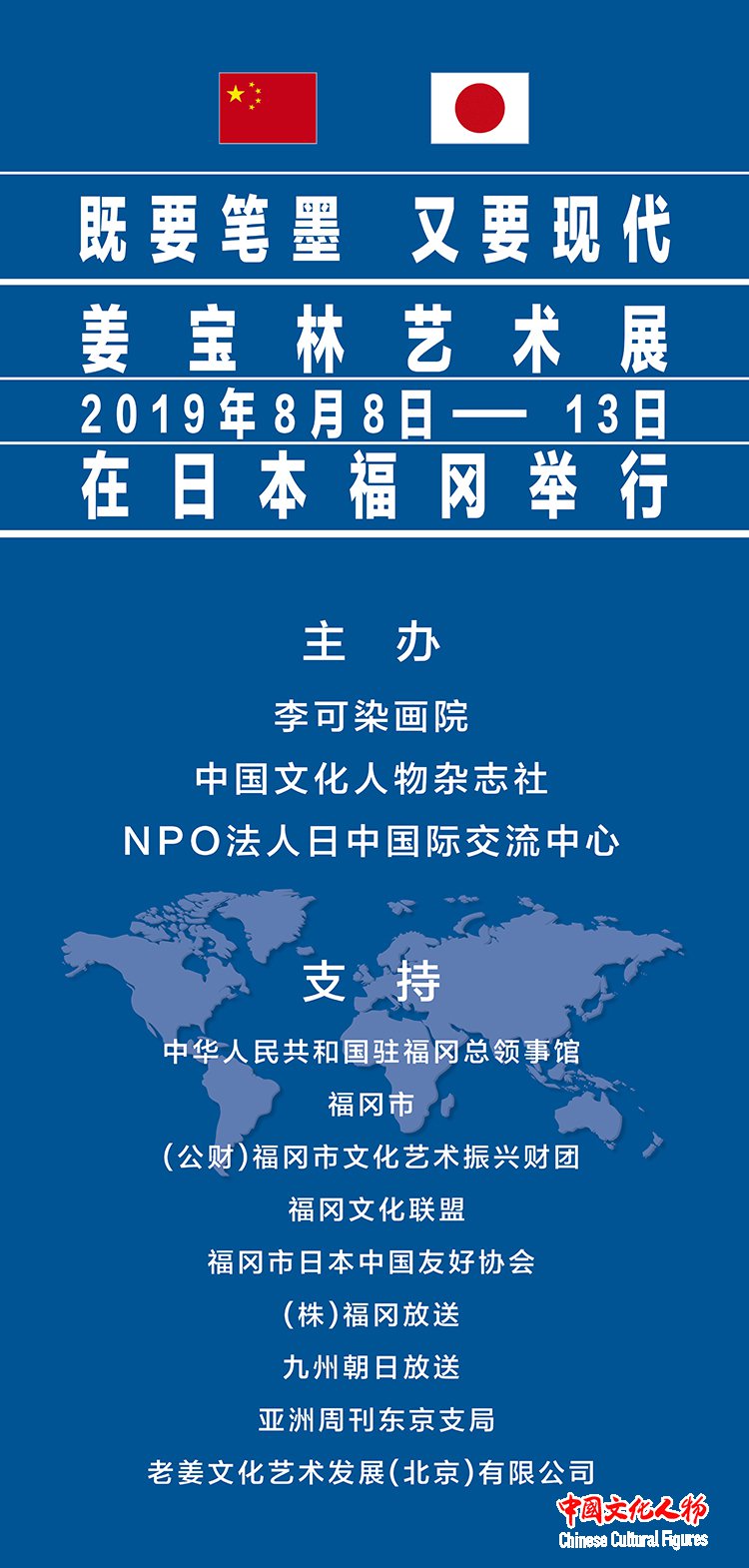
In order to further promote dialogue and exchanges between Asian civilizations and promote China-Japan friendship, Jiang Baolin’s Art Exhibition under the theme of "integration of ink-painting and modernization" will run from August 8th to 13th at the Fukuoka Asian Art Museum
[Chinese Culture People By Editor-in-chief Wang Baosheng/text and photo]
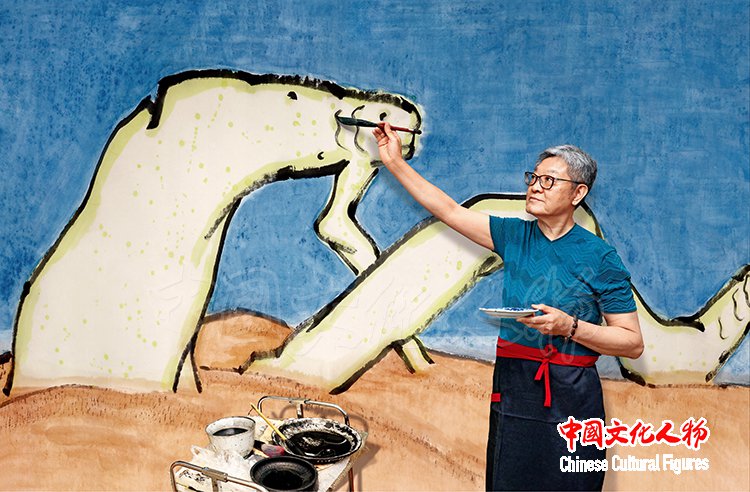
Jiang Baolin, a doctoral tutor of at the National Academy of Arts of China, member of the China National Academy of Painting, and vice president of the Li Keran Painting Institute, is an internationally acclaimed artist, deeply rooted in tradition, innovative, diligent in exploration, and remarkably productive.

"Twilight of Western Regions" by Jiang Baolin in 2011 (size: 145x367cm )
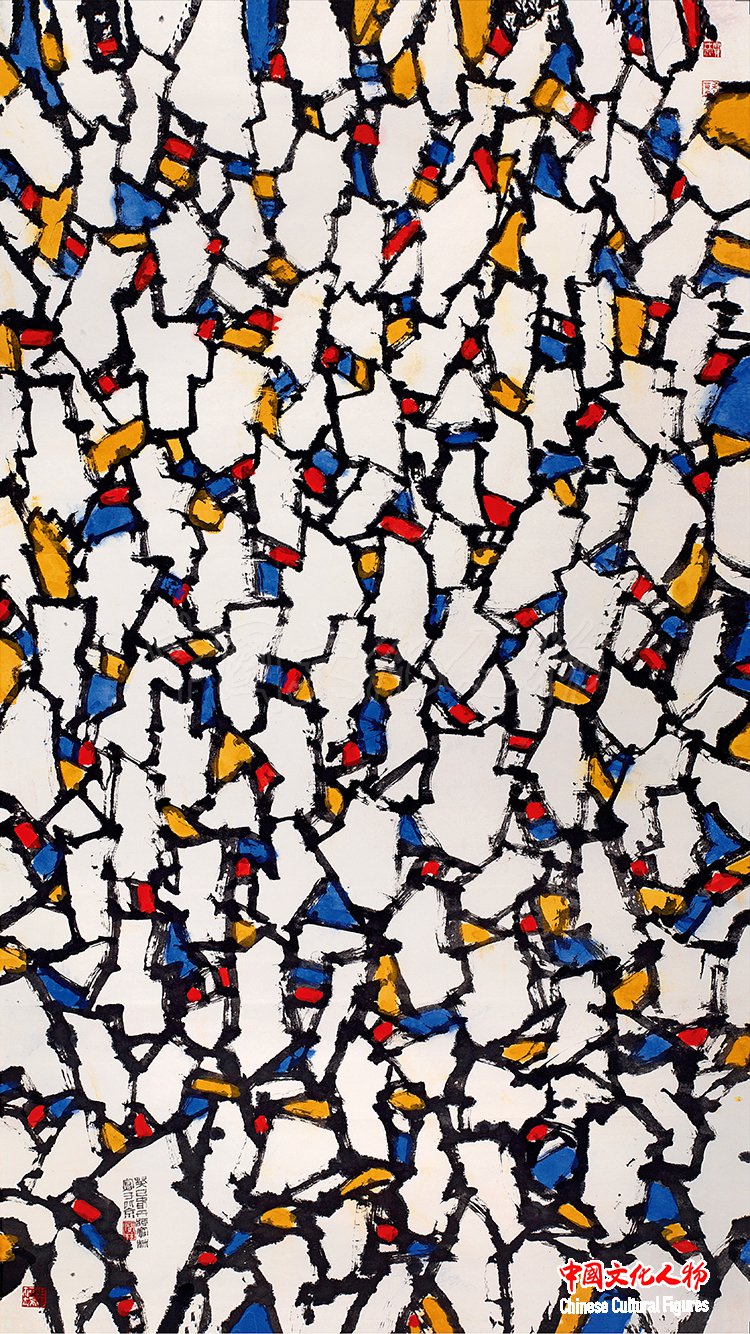
“Pulse” by Jiang Baolin in 2013 (size: 248x124cm), one of the China Art Museum collection

"Lotus Pond in Autumn" by Jiang Baolin in 1997 (size: 143×363cm)

On the basis of consolidating the roots of Chinese national art, Jiang Baolin, doctoral advisor of Chinese National Academy of Arts, member of the executive board of China National Academy of Painting and vice president of Li Keran Academy of Painting, has innovatively created the new art of abstract ink and wash out of traditions and initiated the artistic concept integrating brushwork with modernity.
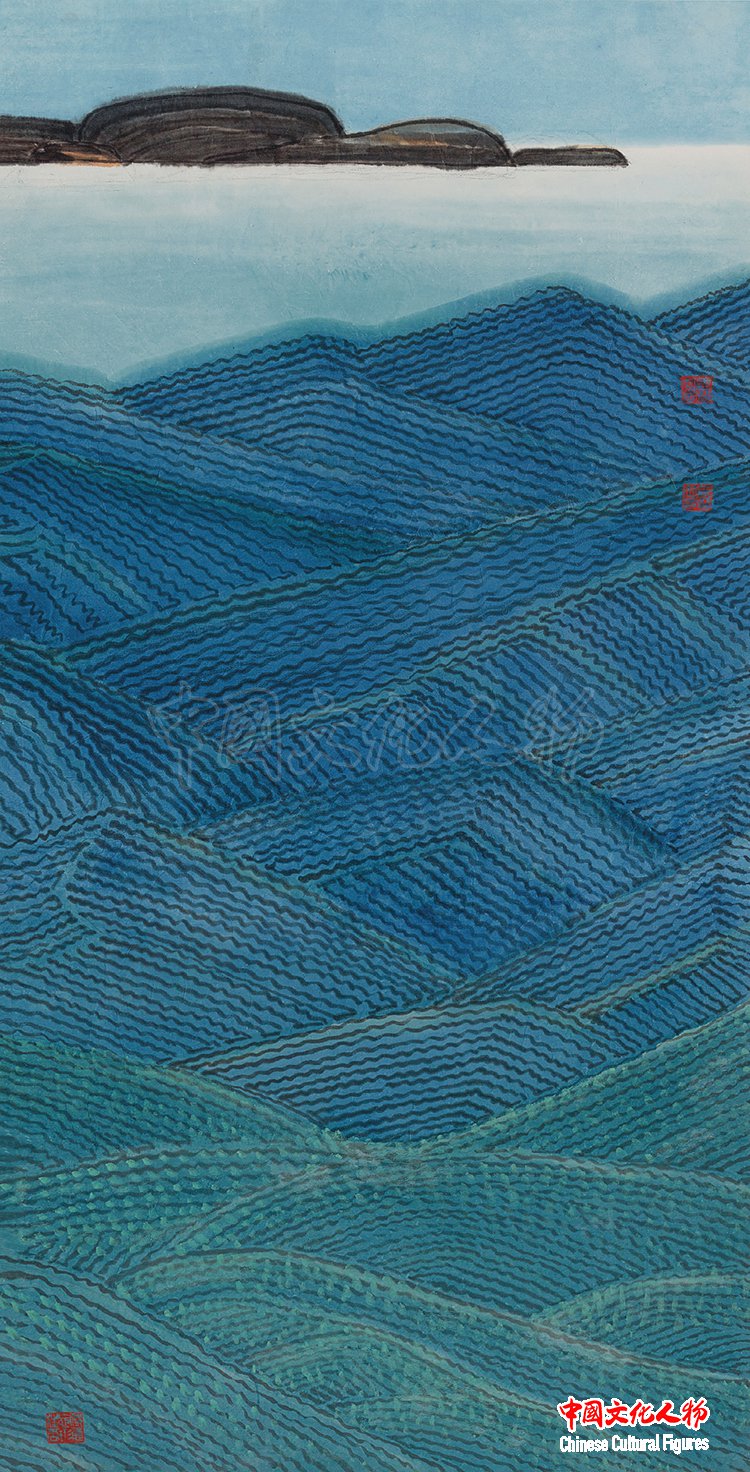
Starting Point • Green Mountains and Lucid Waters (II), 250×106cm, 2017, by Jiang Baolin

2017 • No.25, 97×180cm, 2017, by Jiang Baolin

2019 • No.2, 68.5×137.5cm, 2019, by Jiang Baolin
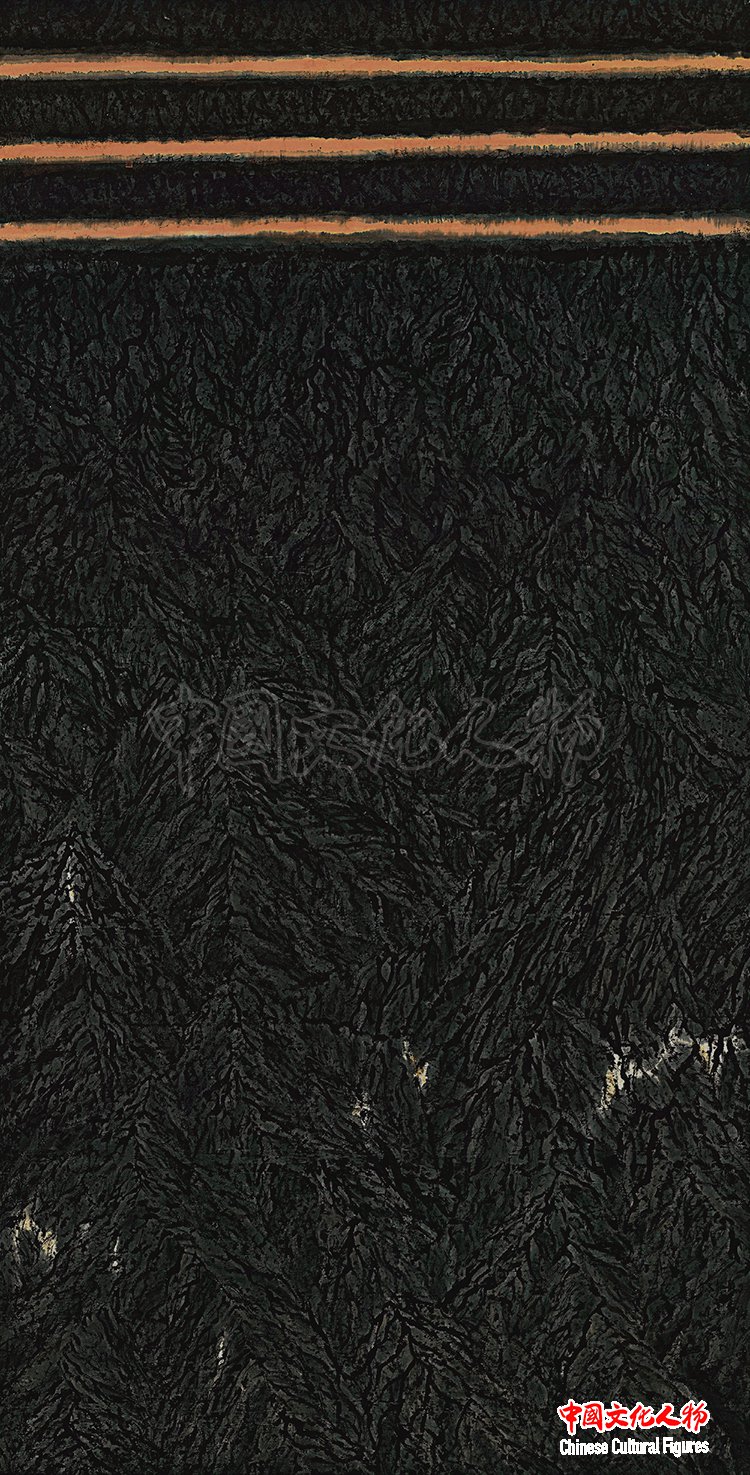
2019 • No.35, 260×144cm, 2019, by Jiang Baolin

Sign Language • Eternity, 144×365cm, 2017, by Jiang Baolin

Jiang Baolin was taught personally by Pan Tianshou, president of Zhejiang Academy of Art, and studied as a graduate student from Li Keran of the Central Academy of Fine Arts. Therefore, the art master Zhang Ding called his art "integrating both southern and northern styles".
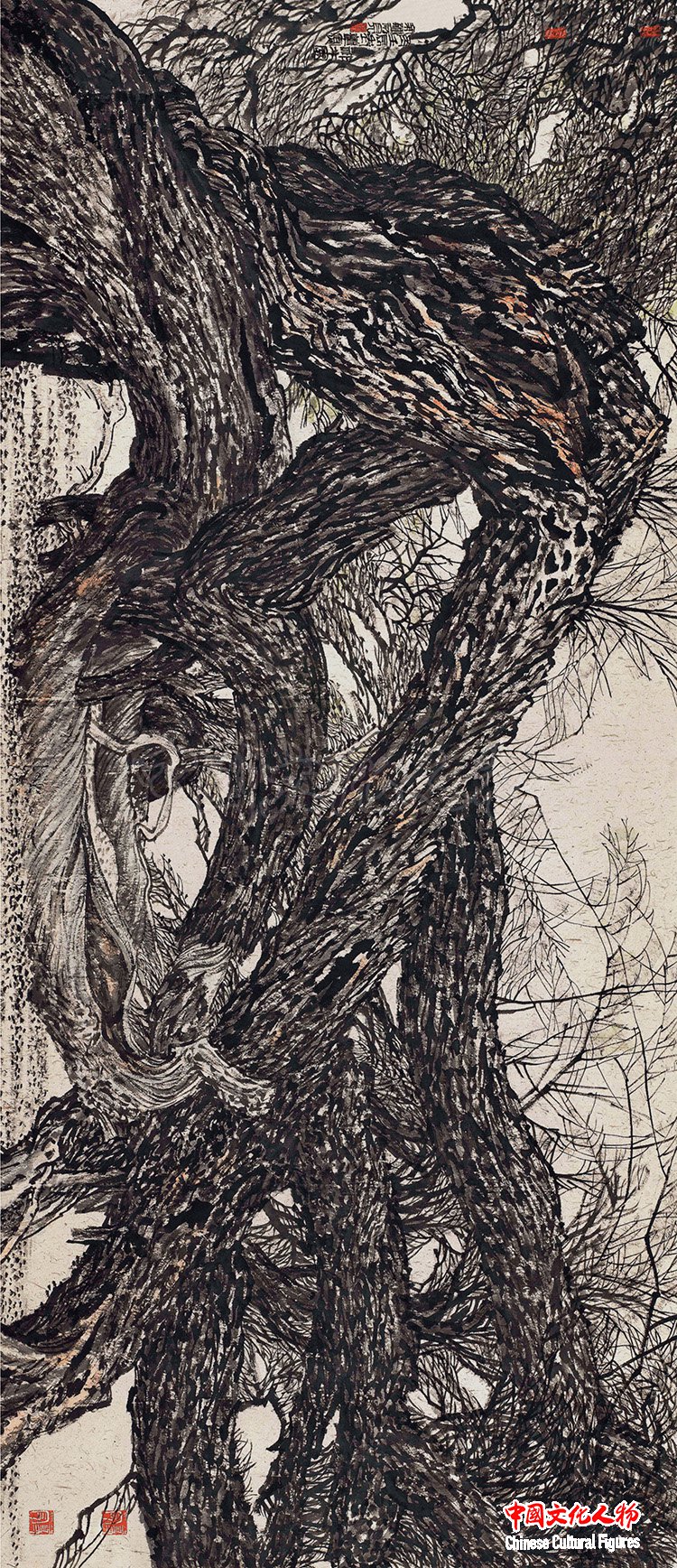
Chorus • Shenmuyuan (II), 158×360cm, 2012, by Jiang Baolin

Sign Language • Lasting Life, 144×365cm, 2015, by Jiang Baolin
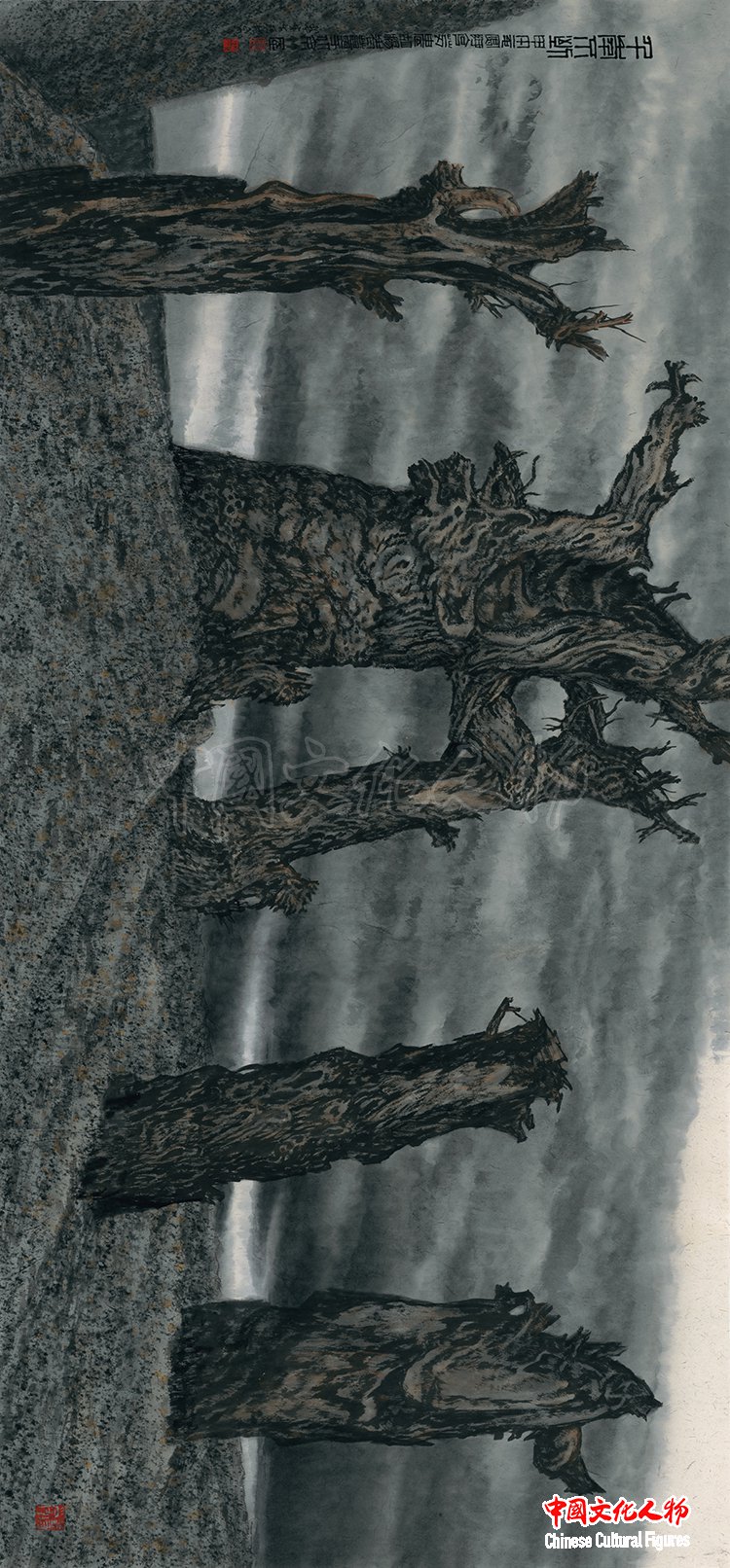
Sign Language • Never Falling, 365cm×144cm, 2014, by Jiang Baolin
Chinese Culture People (By Editor-in-chief Wang Baosheng)In order to further promote dialogue and exchanges between Asian civilizations and promote China-Japan friendship, Jiang Baolin’s Art Exhibition under the theme of "integration of ink-painting and modernization" will run from August 8th to 13th at the Fukuoka Asian Art Museum.
Jiang Baolin, a doctoral tutor at the National Academy of Arts of China, member of the China National Academy of Painting, and vice president of the Li Keran Painting Institute, is an internationally acclaimed artist, deeply rooted in tradition, innovative, diligent in exploration, and remarkably productive. He is a disciple of Pan Tianshou, dean of the Zhejiang Academy of Art (now the China Academy of Art), and also graduate student of Li Keran of the Central Academy of Fine Arts (CAFA). Therefore, Zhang Ding, an artist in painting, commented on his paintings as “showing influences from painting skills of both southern and northern China.” His study experience in the two major art academies in the north and south has laid a solid foundation for his ink painting, allowed him to access the rigorous orthodox art education, and also cultivated his awareness of hardship featuring the courage to be bold in innovation. During decades of artistic practice, he has faced up to the modernization of Chinese painting, and is duty-bound to shoulder the mission of the times. Upholding the painting concept of Li Keran, "making your way into painting with the greatest skill, and getting outstanding with the greatest courage in innovation", Jiang Baolin started from landscape painting with line-drawings, and ended up with the exploration of new abstract ink-painting, resulting in the artistic concept of “adhering to both ink-painting of tradition and modernization”. He has also created a large number of modern works with wide influence and world significance, displaying the richness and diversity of ink-painting language in modern development, and giving rise to an important topic in the history of aesthetics and modern Chinese art that urgently needs to be summed up in theory. To this end, the Institute of Aesthetics and Modern Art of the Institute of Philosophy of Renmin University of China and the China Renmin University Museum co-sponsored a high-level international symposium on the "modernizing process of ink painting: From Huang Binhong to Jiang Baolin" in September 2016. In order to realize his artistic ideals, he has actively participated in international cultural and artistic exchanges along with teaching and artistic creation, held exhibitions successively in the UK, France, Germany, Sweden, Spain, Portugal, Hungary, Chile, Côte d'Ivoire, South Korea, Hong Kong, and Taiwan, and carried out various cultural and artistic exchange activities, having made positive contributions to pushing Chinese culture to the world.
Therefore, in China, Jiang Baolin is regarded as one of the leading figures among the famous Chinese painters good at exploration, and game-changer of Chinese landscape paintings. In foreign countries, Jiang Baolin is also undoubtedly the most prominent innovator among his contemporary Guohua painter. His painting art shows us a new dimension of art appreciation. Just as Wang Wenzhang, the former deputy minister of the Ministry of Culture (MOC) of China and dean of the Chinese Academy of Arts, said: Jiang Baolin’s artistic course of creation is highly compatible with China’s comprehensive process of reform and opening up and truly moving toward the world, and the contemporary and international nature embodied through its works is also a spiritual portrayal of the social changes in the era.
“The ink painting of China are supposed to in line with the times.” The report of the 19th National Congress of the Communist Party of China (CPC) clearly stated the importance of promoting the creative transformation and innovative development of our fine traditional culture. In Jiang Baolin's view, this is the law of cultural development and artistic development. He believes that only by sticking to the national standpoint, starting from the requirements of ink painting, and endowing it with new temperament and feeling of the era, can we produce Chinese painting art of the contemporary era. With the "conversion" and "development" of ink painting art, Pan Tianshou and Li Kera have made outstanding contributions to pushing forward traditional ink-painting language into modern times. Therefore, I will follow the example of the masters of the past and continue to adhere to my consistent artistic philosophy: “It is necessary to be both traditional with extreme conservation and modern with bold and arrogant creation in ink painting”. I will fulfill my historical responsibility for the inheritance, innovation and development of ink-painting art.
Japan. The exhibition will show nearly 20 works of art of Jiang Baolin, 12 of which are huge paintings of 144*366cm with a strong visual impact and artistic shock, featuring inky richness, sublimity and grandeur. Along with the rich Chinese cultural connotation and distinctive features of the era, the exhibition is bound to make positive contributions to facilitating the Japanese people to deepen their understanding and appreciation of Chinese culture.(Chinese Culture People)
(Web edito :Zhao Jianhua)
 特别报道
特别报道














